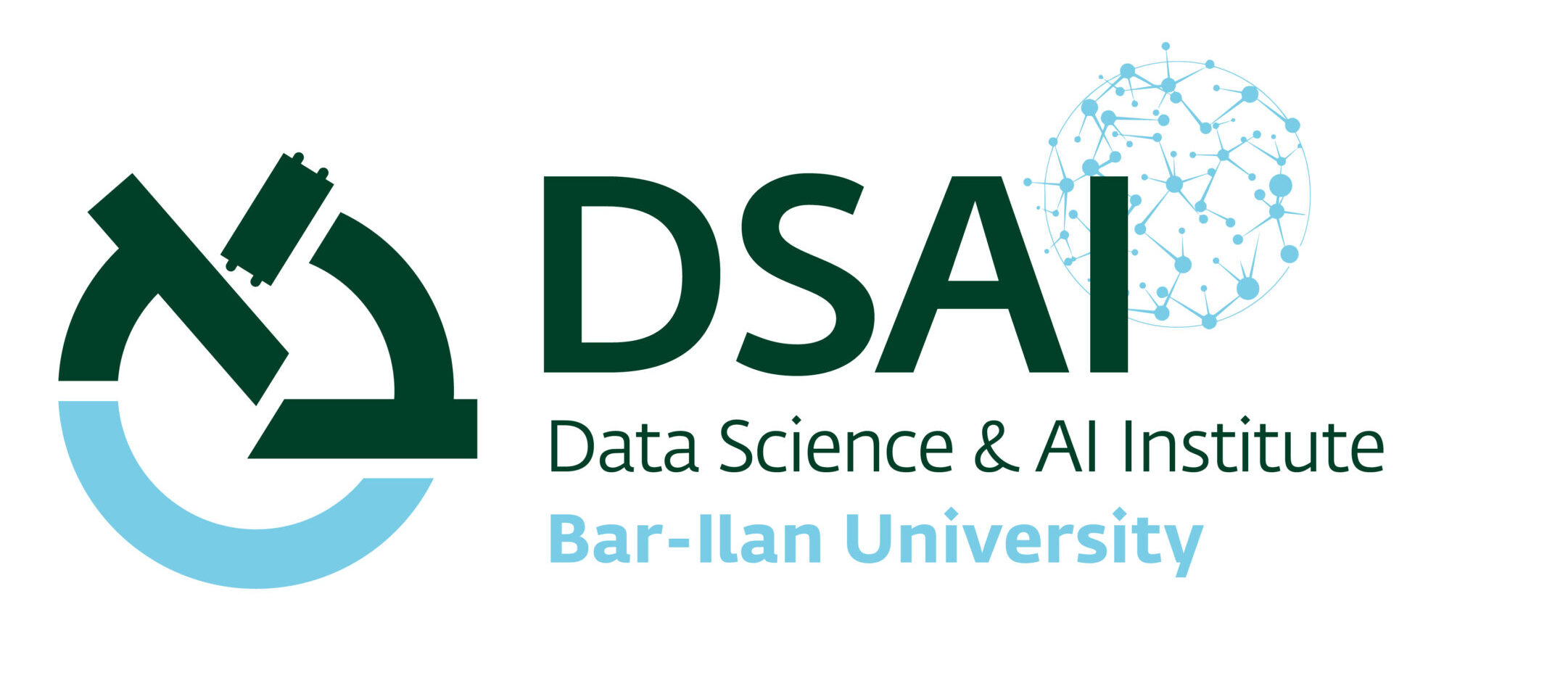Send CV to dsi.jobs@biu.ac.il
Job Description: We are seeking a skilled and versatile Data Scientist to join our team. As a Data Scientist, you will play a critical role in leveraging data-driven insights to solve complex problems. You will collaborate with cross-functional teams, engage with academic researchers, and work closely with industry clients to deliver impactful data science solutions. Our initial focus will be Natural Language Processing (NLP)
Responsibilities:
- Apply advanced data analysis, statistical modeling, and machine learning techniques to extract insights from large and complex datasets.
- Develop predictive models and algorithms to address business challenges and support decision-making.
- Collaborate with software engineers to implement and deploy data science solutions into production.
- Collaborate with academic researchers to stay up-to-date with the latest advancements in data science and contribute to cutting-edge research.
- Engage with industry clients to understand their data-related needs and design customized solutions.
- Communicate findings and insights to both technical and non-technical stakeholders through visualizations, reports, and presentations.
Qualifications:
- Master’s or Ph.D. degree in a quantitative field such as Computer Science, Statistics, Mathematics, or related fields.
- Strong proficiency in programming languages like Python and R.
- Hands-on experience with data preprocessing, feature engineering, and model development.
- Familiarity with machine learning libraries (e.g., scikit-learn, TensorFlow, PyTorch) and data manipulation libraries (e.g., pandas).
- Knowledge and experience of relevant techniques and skills that showcase your expertise in the NLP domain, among others:
- Text Preprocessing
- Contextual Embeddings, e.g., BERT, GPT, Transformer-based models
- Text Classification and Sentiment Analysis
- Libraries and frameworks: NLTK, spaCy, Gensim, Transformers (Hugging Face)
- LLMs, generative LLMs – Text Generation using Recurrent Neural Networks (RNNs) and Transformers
- Autoencoder-Decoder Techniques
- Excellent problem-solving skills and the ability to think critically about complex issues.
- Effective communication skills and the ability to work collaboratively in cross-functional teams.
- Prior experience in working on data science projects with industry partners.
